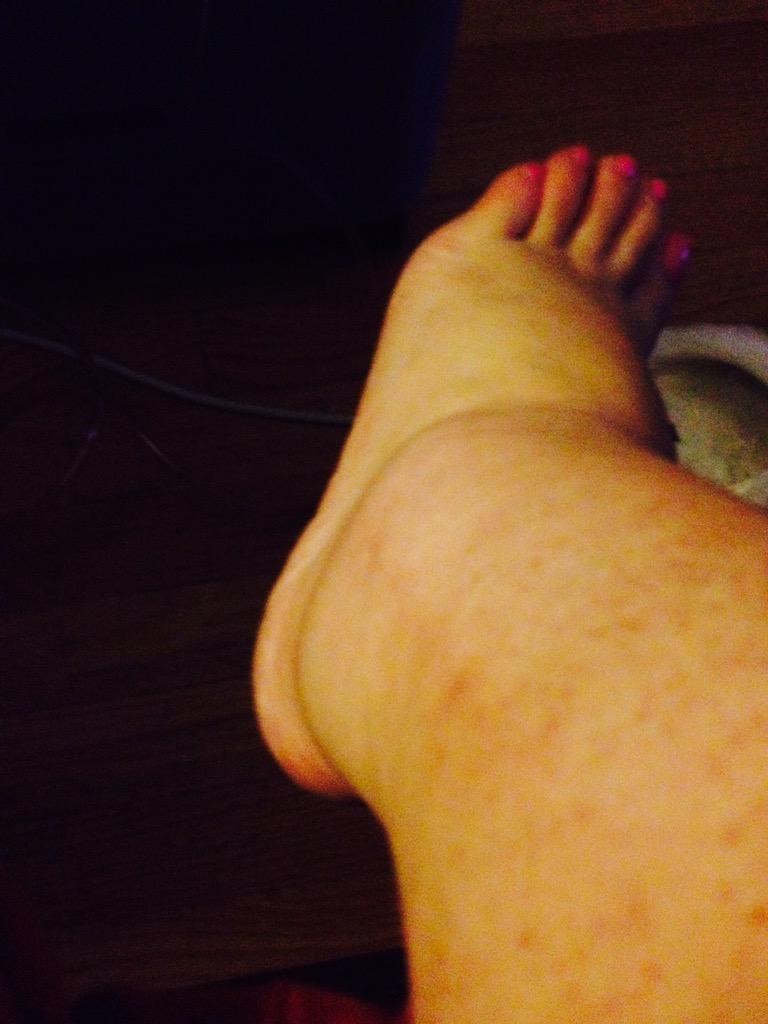

Therefore, remission achievement and its maintenance have become central in the management of SLE patients. Flare is an important factor for organ damage and poor prognosis of SLE, as the same time, it also brings heavy psychological burden to patients. Although the treatment of SLE has been improving, most patients still go through alternating courses of flare and remission. Systemic lupus erythematosus (SLE) is a serious chronic autoimmune disease, which can involve multiple organs and cause systemic damage. Patient’s self-discontinuation of medicine maintenance therapy is the main cause of SLE flare, which may induce severe flare in SLE patients and lead to a significantly higher incidence of pulmonary hypertension. The accompanying thrombocytopenia, arthritis, anti-nucleosome antibodies positive and anti-β2-glycoprotein I (IgG) antibodies positive at the onset of SLE may affect the prognosis of SLE. SLE patients with regular medicine maintenance therapy for less than 3 years had a higher risk of pulmonary hypertension than those with regular medicine maintenance therapy longer than 3 years ( P = 0.034). The incidence of anemia associated with SLE ( P = 0.001), serositis ( P = 0.005), and pulmonary hypertension ( P = 0.003) in patients who discontinued medicine maintenance therapy were significantly higher than patients with regular medicine maintenance therapy. Patients who discontinued medicine maintenance therapy by themselves had a significantly higher rate of severe SLE flare than patients with regular medicine maintenance therapy ( P = 0.033). Infection, thrombocytopenia, arthritis, anti-nucleosome antibodies positive, anti-β2-glycoprotein I (IgG) antibodies positive, and patient’s self-discontinuation of medicine maintenance therapy might be risk factors for SLE flare. Logistic multivariate regression analysis was employed to screen for risk factors for SLE flare. Ninety-eight SLE outpatients with sustained remission during the same period were selected as controls. The clinical characteristics, laboratory results, and treatment plans of 121 patients with SLE flare were retrospectively analyzed. Sometimes that’s what saves us.To explore the risk factors for systemic lupus erythematosus (SLE) flare and their impact on prognosis. Go get a second (or third or fourth or fifth) opinion.

You have to learn to be your own advocate. She listens, cares- and ended up moving to a clinic 20 minutes from my house. She brought me from the deepest pit of dispair into the light of hope. I would question God, wonder why he would not only give me such a disease, but have no one believe me about it- even after I had already been diagnosed, after I had blood tests and biopsies that supported the diagnosis. Everytime I walked out of a clinic without an acceptable answer, let alone any sort of treatment, I wouldn’t even be able to get out of bed. Deeply depressed, with a huge lesion on my forehead, I saw my primary care physician for something completely unrelated when she wanted to refer me to someone hours away. I chatted with him no longer than ten minutes before he dismissed me, saying “I know Kathy, she’s a great doctor!” At that time, I gave up.

He didn’t even do a physical exam, or blood work. I got a second opinion from another rhuematologist, who knew the doctor I saw that diagnosed me with fibromyalgia. and I quote: “It’s rare to see both.” Rare, but not impossible. It was biopsied by a dermatologist whom confirmed the diagnosis as Discoid Lupus, but completely denied that I could possibly have Systemic Lupus because. I had started to develop lesions on my face. I got another referral to a different rhuematologist, she completely denied the Lupus and diagnosed me with fibromyalgia and took me off my meds. I began treatment and started doing alright- until I moved cities.

It took me so much disease progression, and heartache to even have anyone listen. It took me over ten years to find my current rhuematologist.


 0 kommentar(er)
0 kommentar(er)
